State
Tribe Name
Art Type
short description
The Didayi are a small tribal community residing on the eastern side of the Ghats in Malkangiri district in the state of Odisha. The Baseline Survey (2015, 2019) and OPELIP Survey (2022) put their total population at 9,651. The community calls itself Gntare; neighboring populations call them Diday, which means "wild people." The Gata language, belonging to the Munda family, is the Didayi language. Shifting cultivation and forest produce are the main sources of livelihood for these communities. They are famous for the traditional skill of bamboo baskets; their lifestyle is greatly immersed in nature and ancient practices.
Thumbnail
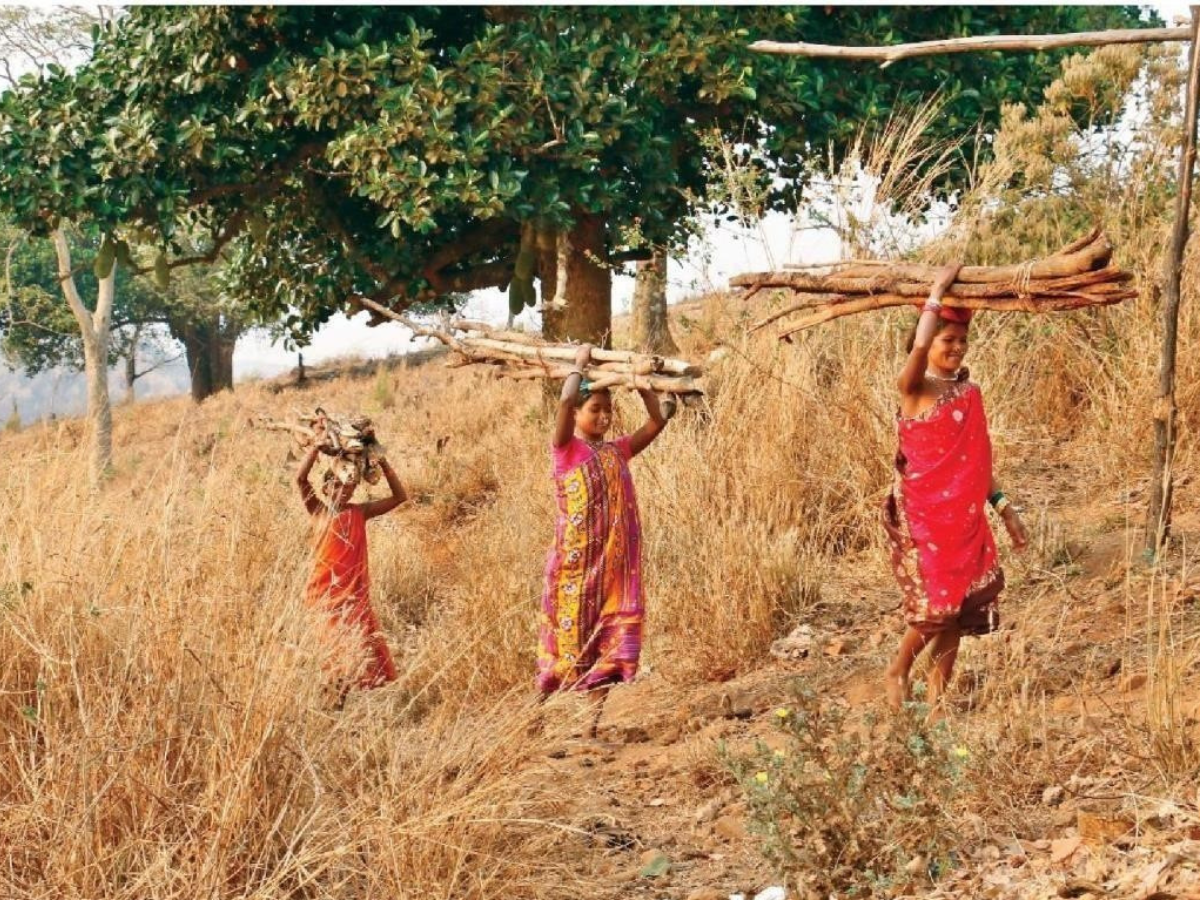
Filter Postion
Left
Filter Background
Off
Theme
Filter Header Image

content
Image
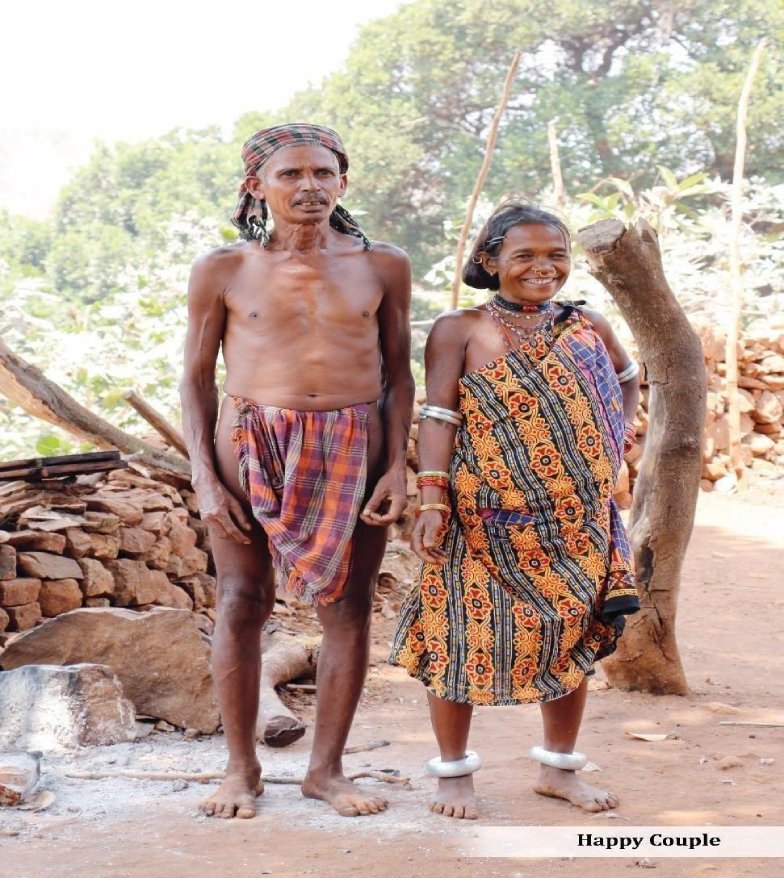
description
The Didayi are a small tribal community residing on the eastern side of the Ghats in Malkangiri district in the state of Odisha. The Baseline Survey (2015, 2019) and OPELIP Survey (2022) put their total population at 9,651. The community calls itself Gntare; neighboring populations call them Diday, which means "wild people." The Gata language, belonging to the Munda family, is the Didayi language. Shifting cultivation and forest produce are the main sources of livelihood for these communities. They are famous for the traditional skill of bamboo baskets; their lifestyle is greatly immersed in nature and ancient practices.
Image Mode
landscape
Image
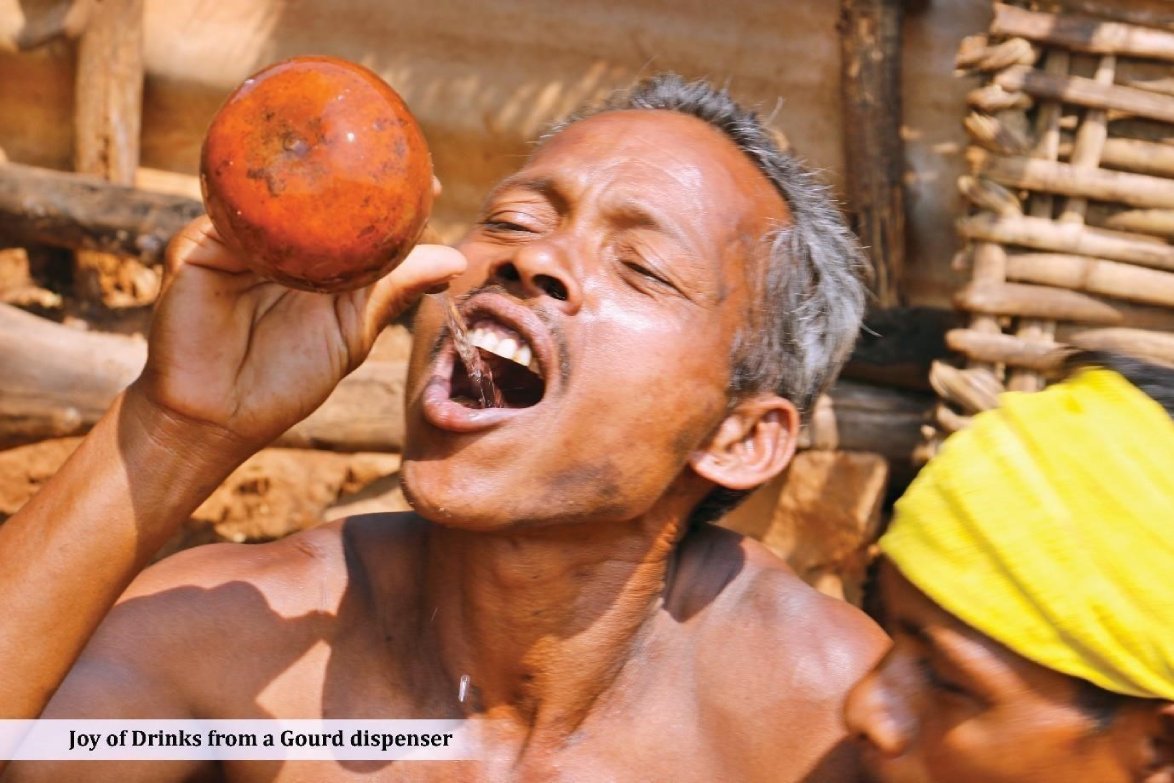
description
Didayi society is structured around moieties and some amount of totemism, essential to their identity and social relations. Each village has a traditional assembly called the Lepar, which looks into community affairs. The Didayi are culturally rich and celebrate two most important festivals: the Lendipande and the Bhairo Puja, with a high degree of devotion and joy. The Didayi use a kind of shifting cultivation called bri on hill slopes adequate for production of major crops in their terrain. Besides agricultural production, they also collect non-timber forest produce, which contributes to their income and food supply.Fishing is an important economic pursuit of the Didayis. From the rivers and perennial streams and ponds, they catch fish using traditional apparatuses called hand-operated nets, bamboo baskets, and boats made locally. These methods also speak of their intimate connection with the local ecosystem and sustainable utilization of natural resources.
Image Mode
landscape
Image
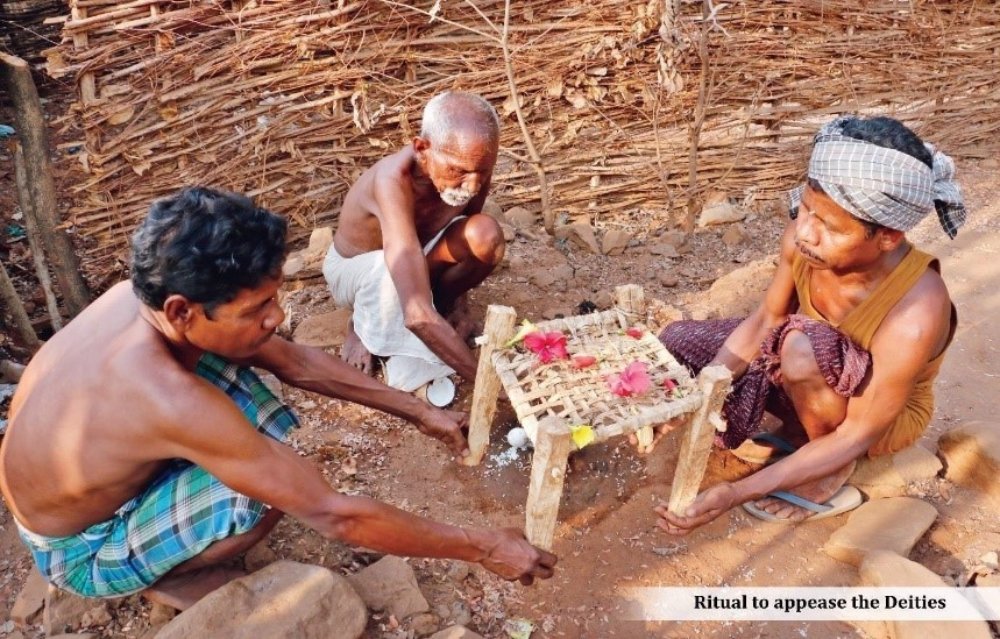
description
The Didayis use combinations of agriculture and nature-based livelihoods, which speak for their adaptability and symbiotic relationship to the environment. The festival and rituals, in particular, are cherished in Didayi cultural traditions. Music, dance, and song are paramount for these celebrations—from the festivities to life-cycle events. Men and women dance, either together in mixed-gender groups or members exclusively to their genders, with the accompaniment of local musical instruments. Performances are characterized by bodily gestures, movement, and rhythmic sounds, rendering an amazing view of cultural eyeshot.
Image Mode
landscape
Image
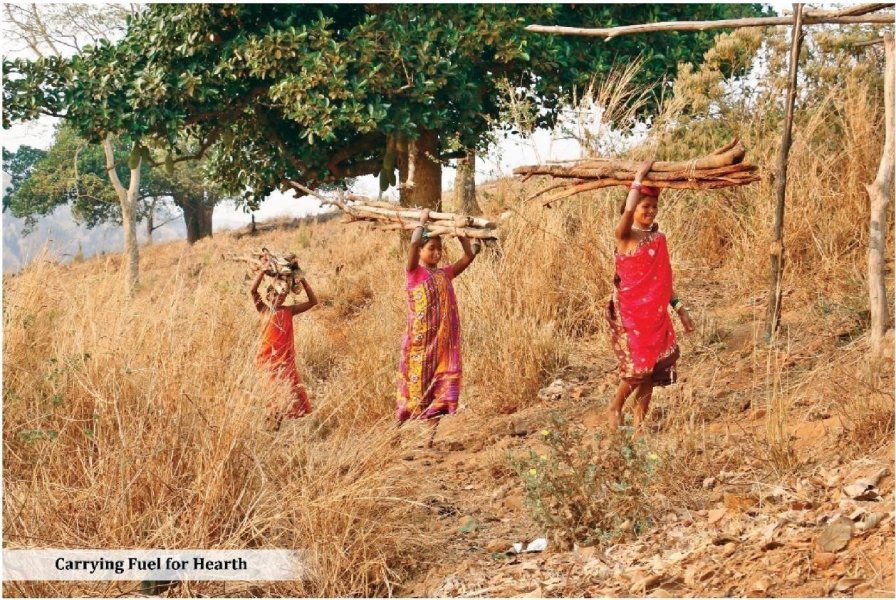
description
On the whole, the Didayi tribe has a rich cultural heritage combining the traditional aspect and ecological knowledge. Their social organization, artistic expressions, and sustainable livelihoods make them a picture of tribal life across Odisha despite their small number. The vivid expressions of their identity and sense of community as practiced in dance and music reflect the beauty of their life, strengthened with a spirit of resilience.
Image Mode
landscape
promoted
On
Verified
On
